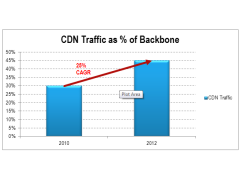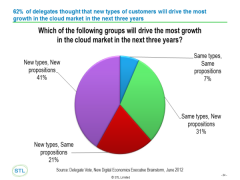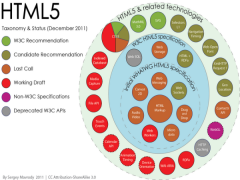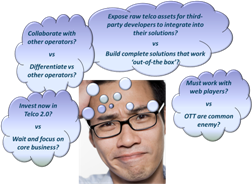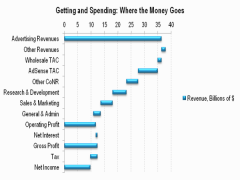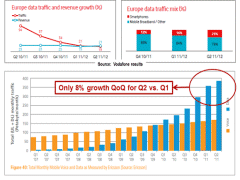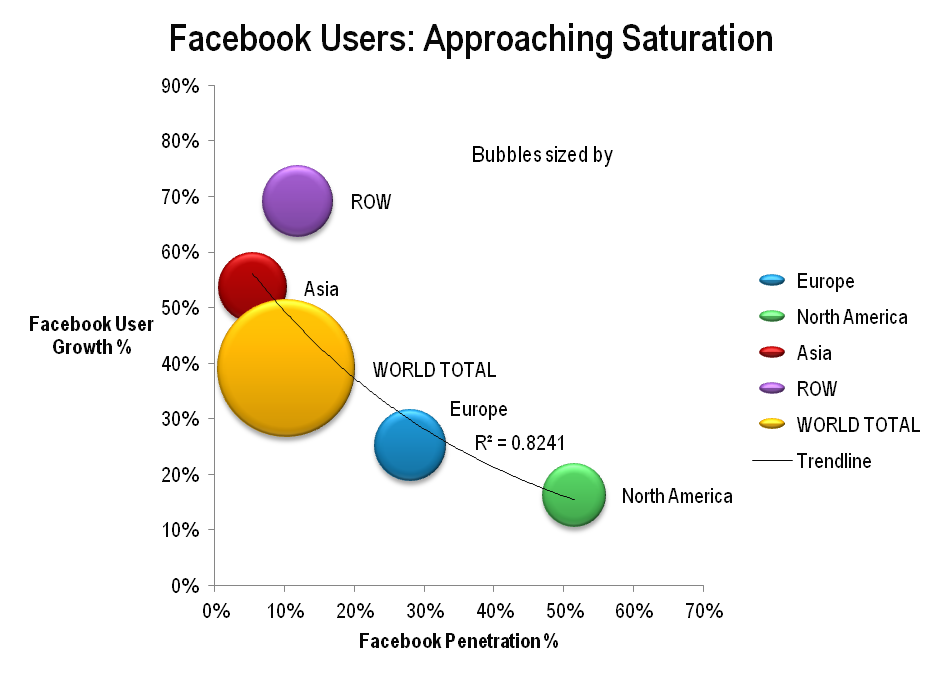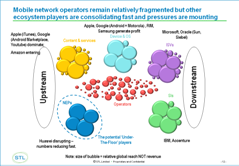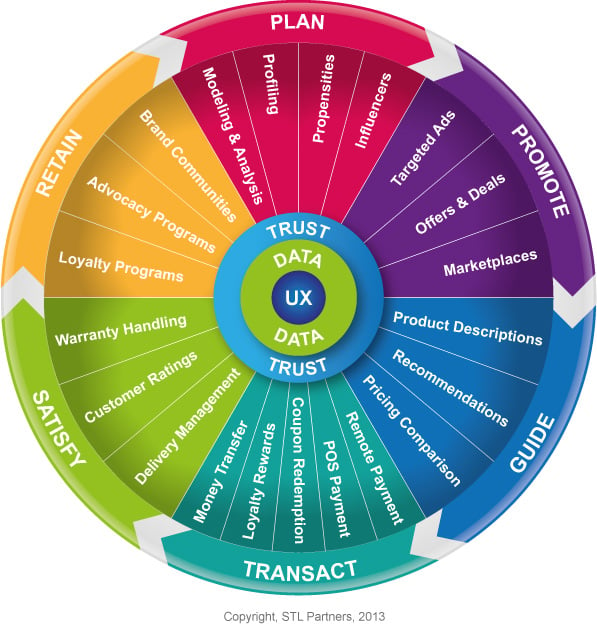
Mobile Marketing and Commerce: the technology battle between NFC, BLE, SIM, & Cloud
This report will help digital commerce players assess some tough technology and strategy choices in the on-going mobile marketing and commerce battle. E.g. Will bricks and mortar merchants embrace NFC or Bluetooth Low Energy (BLE) or cloud-based solutions? If NFC does take off, will SIM cards or trusted execution environments be used to secure services? Should digital commerce brokers use SMS, in-app notifications or IP-based messaging services to interact with consumers? What are the big players backing, and what will be the key indicators that a specific technology is likely to win?


